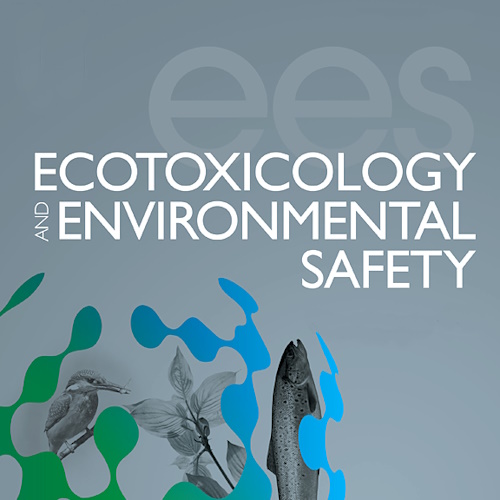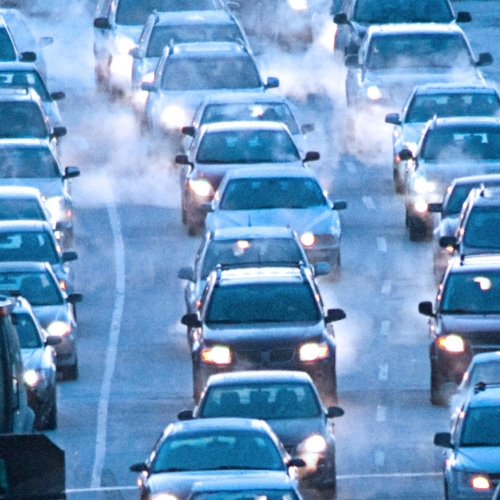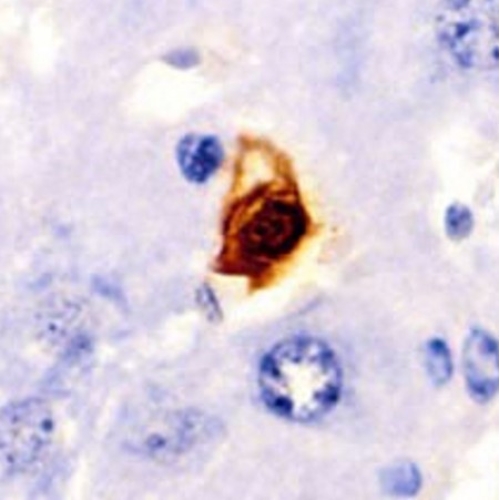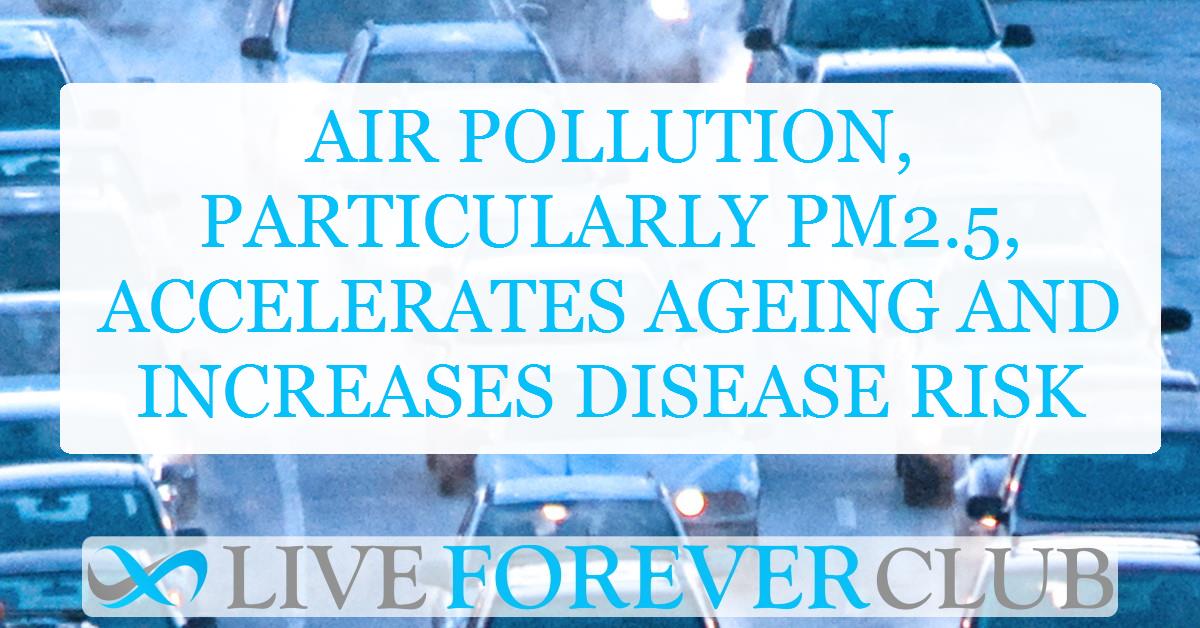Aging is an inevitable part of life, but what if your environment is making you age faster? Beyond the wrinkles and gray hairs, aging also affects the internal workings of your body, including organs, cells, and tissues. What most people don’t realize is that air pollution, specifically particulate matter 2.5 (PM2.5), can accelerate this process.
In the face of rising pollution levels, researchers are now uncovering the significant role PM2.5 plays in driving cellular senescence, speeding up the aging process, and increasing susceptibility to age-related diseases.
What is PM2.5?
PM2.5 refers to particulate matter with a diameter of 2.5 micrometers or less. These particles are small enough to evade the body’s natural defenses and can penetrate deep into the lungs, bloodstream, and even the brain. Unlike larger particles that our bodies can filter out, PM2.5 can bypass the respiratory system’s barriers, making it particularly dangerous.
PM2.5 is primarily produced through human activities, such as the burning of fossil fuels, industrial processes, traffic emissions, and waste incineration. Natural sources also contribute, including volcanic eruptions, forest fires, and dust storms. In urban environments, PM2.5 concentrations are especially high due to traffic and industrial pollution, but indoor sources such as cooking and heating can also contribute.
The complexity of PM2.5 lies in its chemical composition, which can vary based on location and time of year. These tiny particles can carry toxic substances such as heavy metals, organic compounds, and harmful chemicals, exacerbating their harmful effects on human health.
How PM2.5 Affects Aging
Aging is a complex biological process involving various molecular and cellular mechanisms. One of the primary drivers of aging is cellular senescence, a state where cells stop dividing and begin to accumulate, leading to tissue dysfunction and chronic inflammation. PM2.5 is now recognized as an environmental factor that accelerates this process.
When PM2.5 enters the body, it triggers cellular stress, oxidative damage, and inflammation, leading to premature cellular aging. Over time, this accelerates tissue degeneration, making organs and systems more susceptible to age-related diseases. The damage caused by PM2.5 extends beyond respiratory issues—it reaches the cardiovascular system, nervous system, skin, bones, and muscles.
PM2.5 and Its Impact on Health
Cardiovascular Diseases
Long-term exposure to PM2.5 has been linked to heart diseases such as heart failure and atherosclerosis. PM2.5 particles can enter the bloodstream through the lungs, causing inflammation in blood vessels, oxidative stress, and even direct damage to heart tissues. This increases the risk of heart attacks, strokes, and other cardiovascular complications.
Neurodegenerative Diseases
Research shows that PM2.5 exposure can also have detrimental effects on the brain. Studies have found that it increases the risk of developing Alzheimer’s and Parkinson’s diseases. By penetrating the blood-brain barrier, PM2.5 causes neuroinflammation and disrupts cellular processes that lead to the buildup of toxic proteins, contributing to the progression of these diseases.
Musculoskeletal Disorders
PM2.5 has been linked to musculoskeletal disorders such as osteoporosis and sarcopenia. It accelerates bone loss by promoting inflammation and reducing the body’s ability to maintain bone density. Similarly, it affects muscle function, leading to sarcopenia—an age-related loss of muscle mass and strength.
Pulmonary Diseases
While the lungs are the first point of contact for PM2.5, the damage doesn’t stop there. Prolonged exposure to PM2.5 can cause chronic obstructive pulmonary disease (COPD) and other lung conditions. The particles irritate the airways, causing inflammation and reducing lung function, which can eventually lead to respiratory failure.
Skin Aging
PM2.5 exposure is also associated with visible signs of aging on the skin, such as wrinkles, sagging, and hyperpigmentation. These particles cause oxidative stress in skin cells, leading to a breakdown of collagen and elastin—proteins that are essential for maintaining skin elasticity and firmness.
Osteoporosis and Sarcopenia
PM2.5 exposure affects the musculoskeletal system, contributing to age-related bone loss and muscle degeneration. In cases of osteoporosis, PM2.5 interferes with bone metabolism by promoting the activity of osteoclasts (cells that break down bone tissue) while reducing the function of osteoblasts (cells responsible for bone formation). Over time, this imbalance weakens bones, making them more susceptible to fractures. Similarly, PM2.5 can accelerate sarcopenia by inducing inflammation and oxidative stress in muscle tissue, leading to muscle loss and weakness.
Mechanisms by Which PM2.5 Accelerates Aging
PM2.5 impacts the body at the cellular and molecular levels, affecting various mechanisms that contribute to aging. Let’s explore these processes in more detail:
DNA Damage and Genomic Instability
PM2.5 causes DNA damage through oxidative stress and inflammation. When cells are unable to repair this damage, it leads to genomic instability, a hallmark of aging. This damage accelerates the aging of cells and increases the risk of mutations, potentially leading to cancer.
Telomere Attrition
Telomeres are protective caps at the ends of chromosomes that shorten with each cell division. PM2.5 exposure accelerates telomere shortening, which is directly associated with premature aging. Shorter telomeres limit a cell’s ability to divide and regenerate, contributing to tissue aging and dysfunction.
Mitochondrial Dysfunction
Mitochondria, the powerhouses of cells, are also affected by PM2.5. These particles induce mitochondrial damage, leading to reduced energy production and increased oxidative stress. Dysfunctional mitochondria release reactive oxygen species (ROS), which further damage cells and accelerate aging.
Inflammation
Chronic inflammation is a key driver of aging, and PM2.5 significantly amplifies this process. When PM2.5 particles enter the body, they trigger an immune response that causes inflammation in various tissues, contributing to tissue damage and the progression of age-related diseases.
Epigenetic Changes
Epigenetics refers to changes in gene expression without altering the DNA sequence. PM2.5 exposure leads to epigenetic modifications, such as altered DNA methylation patterns, which can disrupt normal cellular functions and contribute to premature aging.
Loss of Proteostasis
Proteostasis is the maintenance of cellular protein balance. PM2.5 disrupts this balance by promoting the accumulation of damaged or misfolded proteins, which accelerates cellular aging and increases the risk of diseases like Alzheimer’s and Parkinson’s.
Preventive Measures
Given the significant health risks associated with PM2.5, it is essential to take both personal and collective action to mitigate exposure and promote healthy aging. Here are some preventive measures and public health strategies that can reduce the harmful effects of PM2.5:
Personal Protection: Reducing Exposure
Wearing Masks: High-quality masks, such as N95 respirators, can filter out a large percentage of PM2.5 particles. Wearing these masks, especially in highly polluted areas or during outdoor activities, can significantly reduce exposure to harmful particles.
Using Air Purifiers: Indoor air can be just as polluted as outdoor air, especially in urban areas. Using air purifiers with HEPA filters can remove PM2.5 from indoor environments, improving air quality in homes, offices, and schools.
Avoiding High-Pollution Areas: Limiting time spent in areas with high levels of traffic or industrial emissions, especially during peak pollution periods, can reduce exposure. Monitoring air quality indexes and planning outdoor activities during times when pollution levels are lower can also help.
Improving Ventilation: Ensuring proper ventilation in homes and workplaces can help dilute indoor pollutants. However, on days with high outdoor pollution levels, it is advisable to keep windows closed and rely on air filtration systems instead.
Public Health Initiatives
Stricter Regulations on Air Quality: Governments must enforce stricter regulations on industrial emissions, vehicle exhaust, and waste incineration to reduce PM2.5 levels in urban areas. Policy changes that limit the burning of fossil fuels and promote the use of cleaner energy sources can significantly lower overall pollution levels.
Urban Planning and Green Spaces: Cities should invest in green infrastructure, such as parks and green walls, to help absorb particulate matter and improve air quality. Urban planning that encourages the use of public transportation, cycling, and walking can also reduce traffic-related emissions.
Raising Awareness: Public education campaigns are essential to inform people about the dangers of PM2.5 and how to protect themselves. This includes making real-time air quality data accessible to the public and encouraging actions to reduce exposure.
Healthcare Interventions: Regular health check-ups for individuals in high-pollution areas, especially the elderly and those with preexisting conditions, can help detect early signs of pollution-related diseases. Medical professionals should be trained to recognize the symptoms of pollution exposure and provide appropriate care.
Global Cooperation: Since air pollution knows no borders, international cooperation is critical. Countries must work together to reduce global emissions and establish frameworks for monitoring and mitigating the effects of air pollution.
Conclusion
As the world grapples with the growing challenges of aging populations, the role of environmental factors like air pollution cannot be ignored. PM2.5 has emerged as a silent accelerant of aging, impacting multiple organs and systems, from the lungs to the heart, brain, bones, and skin. The research is clear: long-term exposure to PM2.5 not only worsens the effects of aging but also increases the risk of debilitating diseases.
While the threat of PM2.5 is significant, there is hope. By taking individual actions to reduce exposure, advocating for stricter environmental regulations, and promoting global efforts to combat pollution, we can mitigate the aging effects of PM2.5 and improve public health. The path to healthier aging starts with cleaner air, and it’s a journey we all need to embark on together.
The study was carried out by the researchers at the Fujian Medical University, published in the Ecotoxicology and Environmental Safety journal.






